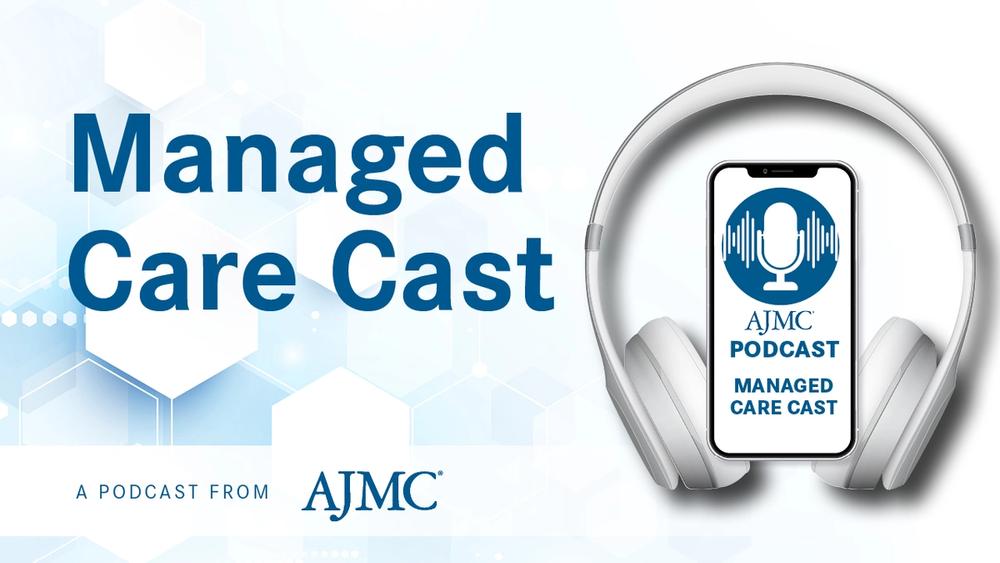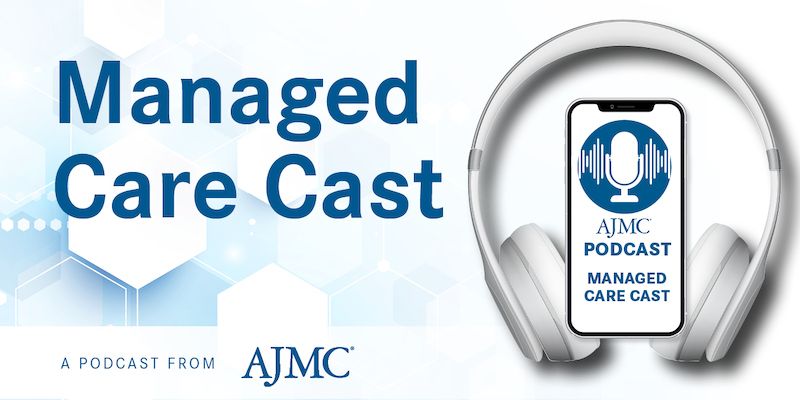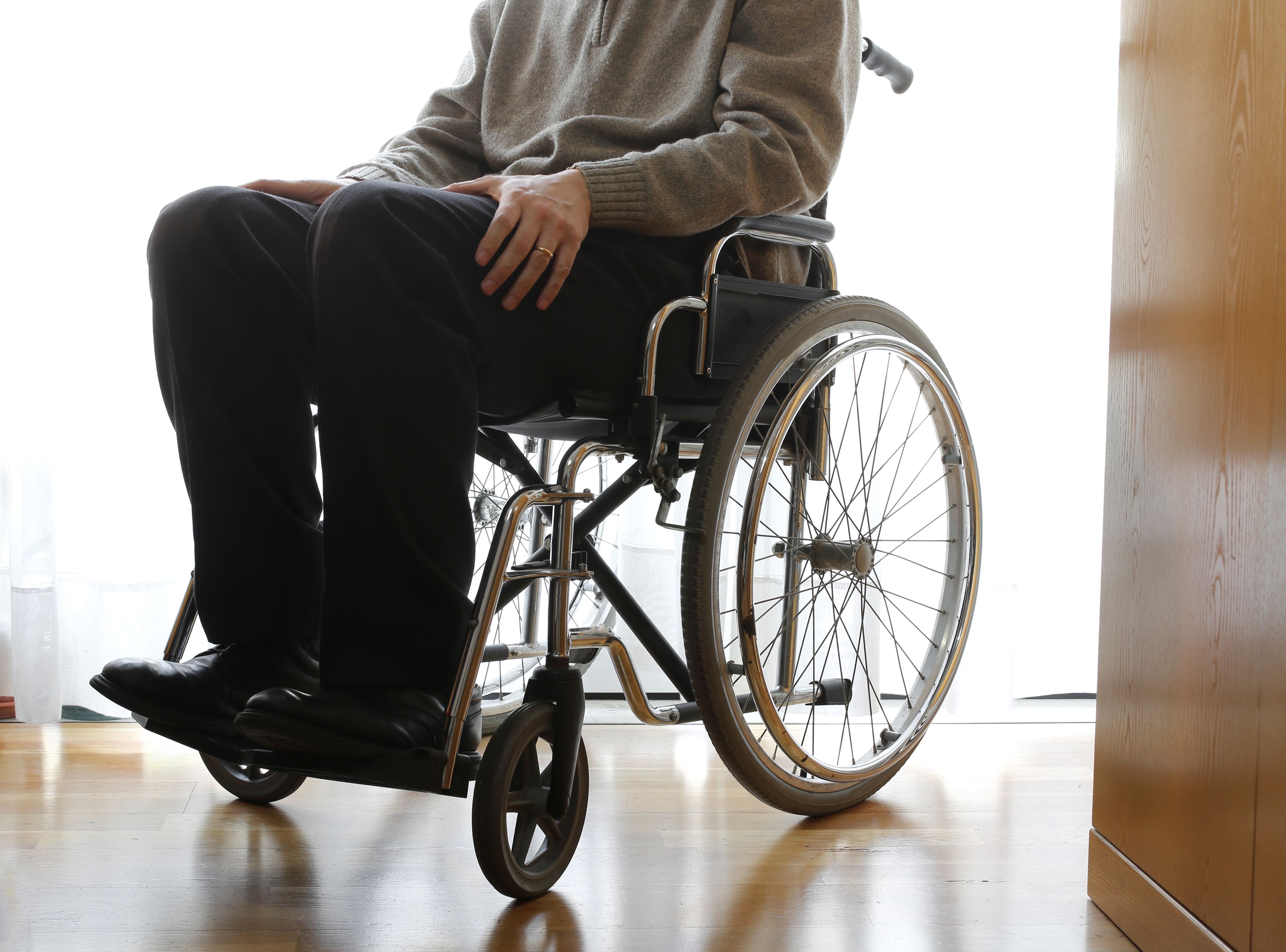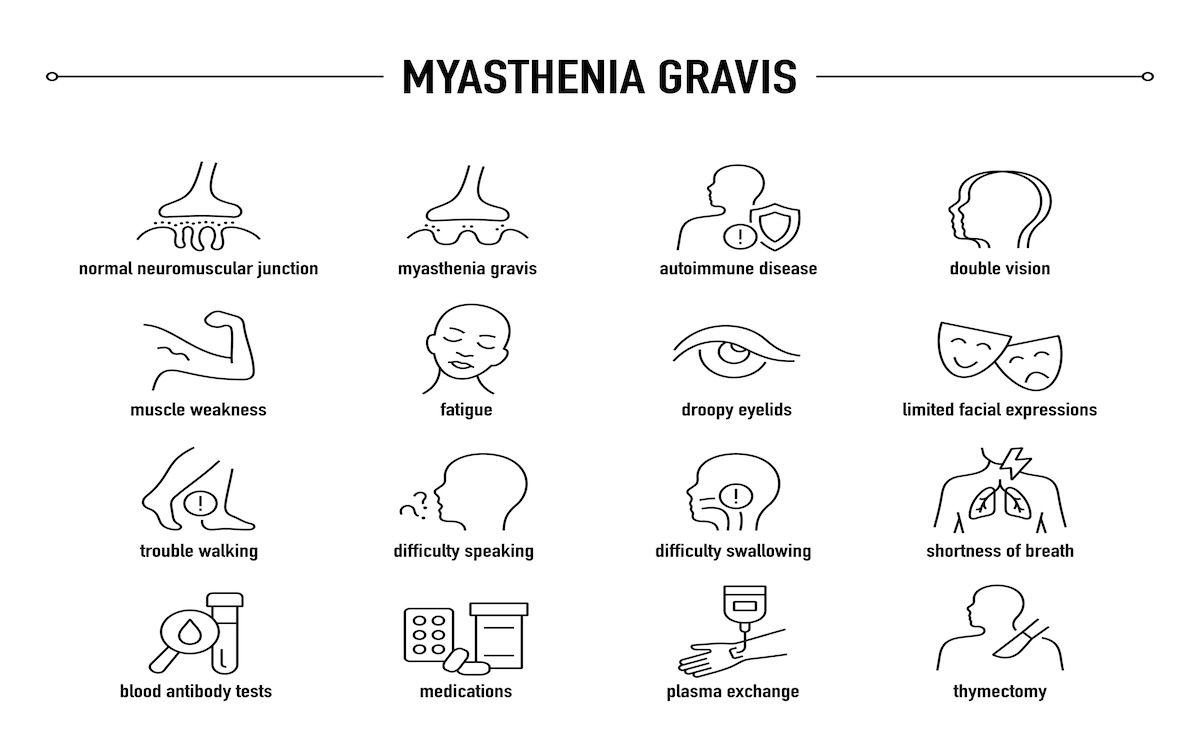Video
Dr Joseph McEvoy Outlines Barriers to Mitigating Internal Stigma Surrounding Mental Illness
The core feature of internalized stigma is shame, and it leads to avoidance of treatment or help for patients with mental illness, explained Joseph McEvoy, MD, professor of psychiatry and health behavior, Medical College of Georgia.
The core feature of internalized stigma is shame, and it leads to avoidance of treatment or help, explained Joseph McEvoy, MD, professor of psychiatry and health behavior, Medical College of Georgia.
Transcript
What are the biggest barriers to mitigating internal stigma surrounding mental illness?
The core feature of internalized stigma is shame. People have accepted harsh judgments, beliefs about themselves and internalized them. And one of the biggest barriers is that this leads to avoidance, and they don’t seek treatment or help, which might include efforts to engage them more in social groups, in activities and peer support, and other ways to get them more social contact to get more people around them who say, ”We like you. You matter to us. You’re worth something.”
Efforts to give them some productive activity, be it volunteer work, be it sheltered workshop, be it supportive employment and periods of work and competitive employment. The most grinding, the most problematic aspect of internalized stigma and the shame it brings is this avoidance. A failure to seek out others, to hide. A failure which leads to a failure to get the support you need to get out of internalized stigma. Now, some people on the basis of feeling stigma, may go into actual depression, and they lose energy, they lose initiative, they lose the ability to push through and do what needs to be done for them to feel better. And, they may need pharmacologic or psychosocial treatment for that.
But, I think, the biggest problem with internalized stigma is letting people get alienated, letting people get isolated, and taking them away from the contacts they need to build up some stigma resistance, to understand they have value, to understand they can lead productive lives, they can have social contacts, they can be happy. They have this mental illness, it wasn’t their fault, they didn’t cause it. We can manage it and they can do the things they want to do.

The Importance of Examining and Preventing Atrial Fibrillation




